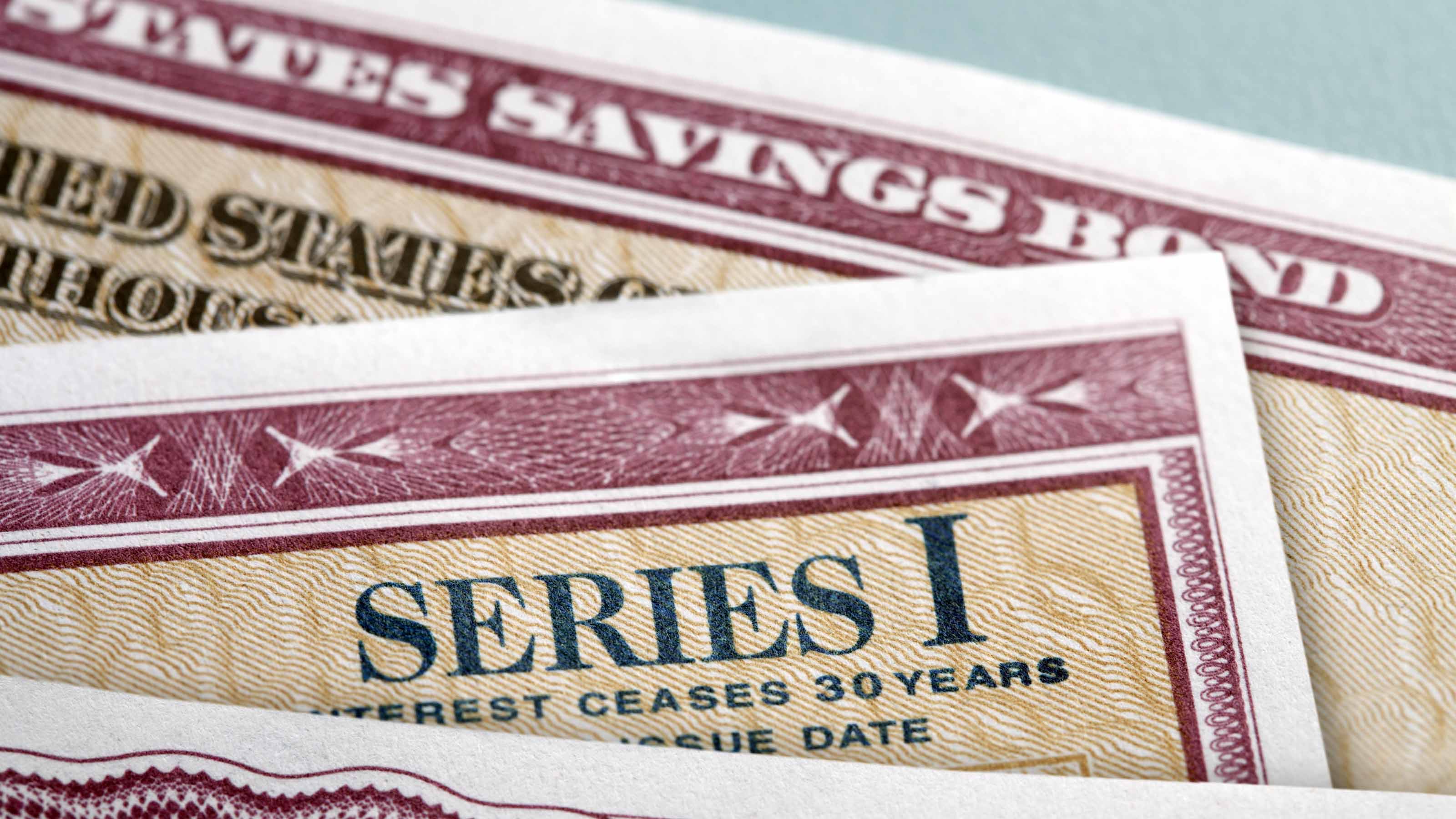Take Credit for Your Kids
Each qualifying child could slash your tax bill by up to $1,000.

Thanks to a flurry of year-end tax legislation, eligible families will continue to benefit from a $1,000 tax credit for each child under age 17 when they file their 2010 taxes -- and for each of the next two years. (A tax credit, which reduces your tax bill dollar-for-dollar, is more valuable than a tax deduction, which merely reduces the amount of income that is taxed.)
In these tough economic times, when many families have seen their income slashed, some taxpayers also may qualify for an expanded Additional Child Tax Credit, which could trigger a refund even if no tax is due.
Basic child credit
You can claim a tax credit of up to $1,000 for each of your children under age 17 as long as you meet the income eligibility requirements. The qualifying child must satisfy the relationship and residency test and not have provided more than half of his or her own support. Barring further congressional action, the child tax credit is scheduled to revert to $500 per qualifying child on January 1, 2013.
From just $107.88 $24.99 for Kiplinger Personal Finance
Become a smarter, better informed investor. Subscribe from just $107.88 $24.99, plus get up to 4 Special Issues

Sign up for Kiplinger’s Free Newsletters
Profit and prosper with the best of expert advice on investing, taxes, retirement, personal finance and more - straight to your e-mail.
Profit and prosper with the best of expert advice - straight to your e-mail.
The child credit phases out in $50 increments for each $1,000 (or fraction thereof) by which your adjusted gross income (AGI) exceeds $75,000 for individuals or $110,000 for married couples filing jointly ($55,000 for married filing separately). The income level at which the credit completely disappears depends on the number of qualifying children.
For example, a married couple filing jointly with one child would lose the credit completely when their income topped $129,001. But with two children, they could claim at least part of the child credit until their income exceeded $149,001, and with three children, the credit would disappear once their AGI topped $169,001. Use Form 8812 to claim the child tax credit.
Refundable credit
Some low-income families qualify for a refundable child tax credit, which was increased significantly as a result of the economic stimulus package passed in 2009. Lowering the income threshold to $3,000 boosts the size of the refund available to qualifying taxpayers. It’s designed to put cash in the hands of Americans who may have lost their jobs or had their hours cut back during this recession.
For example, a single mother of two children with $10,000 of earned income would owe no tax after claiming a standard deduction and personal exemptions for each member of her household. So the $2,000 child credit normally would go to waste because she owes no tax. But under the revised law, she is able to claim a refundable tax credit worth the lesser of the unused child tax credit—in this case $2,000—or 15% of her earned income that exceeds the $3,000 threshold. In this example, her $7,000 of income over the threshold would translate into a refund of $1,050.
Child-Care CreditIf you pay someone to watch your child while you and your spouse work—or while you are looking for work—you may be able to write off some of your expenses for children up to age 13 or older children who are physically or mentally disabled. You can claim a tax credit for a portion of your expenses or use a flexible spending account at work, which allows you to pay your child-care costs with pretax dollars.
The child-care tax credit covers 20% to 35% of what you spend, depending on your income. Taxpayers with AGIs of $15,000 or less get the top credit of 35%, and the rate gradually declines until it bottoms out at 20% for taxpayers with income above $43,000. The maximum credit is $3,000 for one child and $6,000 for two or more children.
The flex plan is often a better deal for higher-income workers because the money set aside for child-care costs not only escapes income tax, it also avoids the 7.65% Social Security and Medicare tax. So if you’re in the 25% federal tax bracket, running the maximum $5,000 of child-care expenses through your flex plan avoids a 32.65% tax hit, lowering your tax bill by $1,633. You'll save even more if your FSA contribution escapes state income taxes, too.
If the flex plan is better for you, note this twist: Although you can’t shelter more than $5,000 in a flex plan, the maximum child-care credit for two or more children is $6,000. So even if you max out your flex plan, you may be able to claim up to $1,000 of additional expenses through the child-care credit. That could lower your tax bill by $200 or more.
Profit and prosper with the best of Kiplinger's advice on investing, taxes, retirement, personal finance and much more. Delivered daily. Enter your email in the box and click Sign Me Up.

-
 Nasdaq Sinks 418 Points as Tech Chills: Stock Market Today
Nasdaq Sinks 418 Points as Tech Chills: Stock Market TodayInvestors, traders and speculators are growing cooler to the AI revolution as winter approaches.
-
 23 Last-Minute Gifts That Still Arrive Before Christmas
23 Last-Minute Gifts That Still Arrive Before ChristmasScrambling to cross those last few names off your list? Here are 23 last-minute gifts that you can still get in time for Christmas.
-
 The Rule of Compounding: Why Time Is an Investor's Best Friend
The Rule of Compounding: Why Time Is an Investor's Best FriendDescribed as both a "miracle" and a "wonder," compound interest is simply a function of time.
-
 5 Types of Gifts the IRS Won’t Tax: Even If They’re Big
5 Types of Gifts the IRS Won’t Tax: Even If They’re BigGift Tax Several categories of gifts don’t count toward annual gift tax limits. Here's what you need to know.
-
 The 'Scrooge' Strategy: How to Turn Your Old Junk Into a Tax Deduction
The 'Scrooge' Strategy: How to Turn Your Old Junk Into a Tax DeductionTax Deductions We break down the IRS rules for non-cash charitable contributions. Plus, here's a handy checklist before you donate to charity this year.
-
 Tax Refund Alert: House GOP Predicts 'Average' $1,000 Payouts in 2026
Tax Refund Alert: House GOP Predicts 'Average' $1,000 Payouts in 2026Tax Refunds Here's how the IRS tax refund outlook for 2026 is changing and what steps you can take now to prepare.
-
 New IRS Changes to FSA Contribution Limits for 2026: What to Know
New IRS Changes to FSA Contribution Limits for 2026: What to KnowHealth Care Flexible Spending Accounts have tax advantages worth looking into, especially in light of new IRS changes.
-
 Is a New $25,000 Health Care Tax Deduction Coming in 2026?
Is a New $25,000 Health Care Tax Deduction Coming in 2026?Tax Policy A proposal from GOP Sen. Josh Hawley adds to the chatter about health care affordability.
-
 Are You Middle-Class? Here's the Most Tax-Friendly State for Your Family
Are You Middle-Class? Here's the Most Tax-Friendly State for Your FamilyTax Tips We found the state with no income tax, low property tax bills and exemptions on groceries and medicine.
-
 Social Security Benefits Quiz : Do You Know the IRS Tax Rules?
Social Security Benefits Quiz : Do You Know the IRS Tax Rules?Quiz Social Security benefits often come with confusing IRS tax rules that can trip up financially savvy retirees and near-retirees.
-
 How Are I Bonds Taxed? 8 Common Situations to Know
How Are I Bonds Taxed? 8 Common Situations to KnowBonds Series I U.S. savings bonds are a popular investment, but the federal income tax consequences are anything but straightforward.